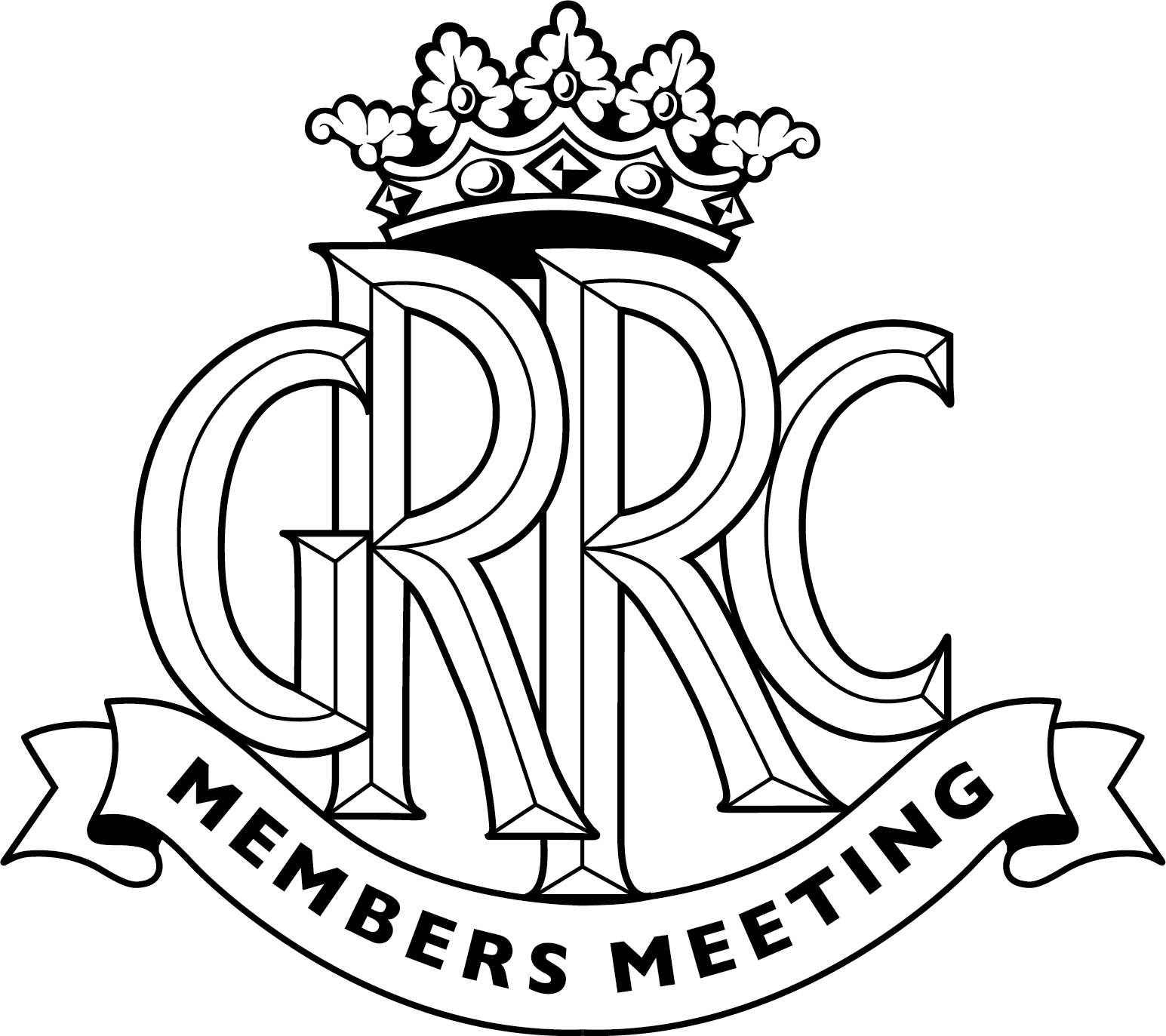Fighting to the front: Inside the Renault Formula 1 Team
Every Formula 1 team will have ambitions before the opening race of a season, whether they be for a Championship title, consistent podium finishes or even a single constructor’s point. But for the Renault F1 Team the ambition is one that could take longer than most.

The Renault name is synonymous with F1. Despite a difficult entry into the sport in 1977, over the course of several decades Renault went on to deliver two Constructor Championships, 10 titles as an engine supplier, and seven world champion drivers with 11 drivers’ championships, despite a hiatus from the sport from 1986-2002.
Renault’s more recent F1 history has been complicated to say the least, having dropped away from Formula 1 as a constructor in 2011, becoming Lotus Renault GP and Lotus F1. But 2016 saw Renault reignite its constructor ambitions, buying back Lotus F1, partnering up with Infiniti (formerly Red Bull’s partner for the 2010-13 four constructor titles and Sebastian Vettel’s four drivers’ titles) and creating the Renault Sport F1 Team. The goal? To get the Renault name back to the front of the F1 grid – an ambitious target, for sure, but what’s the point of being in F1 if you don’t have a goal?
To understand how Renault will force its way to the front of the grid once again, and to see how a Formula 1 team prepares for a new season, I took a trip to Renault’s headquarters; in order to claim a title in Formula 1 you need to have a good home and a strong team, a solid base from which to grow. For Renault, that place is Enstone.
F1 is a high-tech world, complicated and expensive, and yet the drive to Renault’s F1 home feels like the kind of drive you’d make if you went to visit a farm. However, after a few minutes of driving down a tight, pitted country lane and past an actual farm, the road broadens to reveal the gated entrance to the Renault F1 Team.
A throwback to Renault’s glory days, Fernando Alonso’s 2005 championship winning Renault R25 sits on display in Enstone’s lobby, alongside a hybrid R.S.16. Aside from looking absolutely wild and a very different beast to the halo-bearing F1 car of today, it’s a constant reminder to the factory’s employees and visitors of how high Renault wants to punch.

Our first few minutes in the factory are fascinating. You’d expect everything about a Formula 1 factory to be insanely complicated, like walking through a set of a sci-fi movie, but it isn’t. We walk into the machine shop and are greeted by some of the more senior members of staff working at benches with drills and hammers, the kind of environment you’d expect to find in a school design and technology class. It was refreshingly simple, a reminder that a Formula 1 car, despite its worth, despite its complicated design, is still just a car.
The machine shop has shrunk over the years as other areas of the manufacturing process have grown, but it’s still a fundamental area of the business, and one that Renault believes will keep them nimble going forward. The team creates 85 per cent of the car’s parts in house, where other teams, without machine shops for example, have to use external suppliers to get things done. It’s a process that takes time, whereas Renault can come up with an idea and have something made almost immediately – it isn’t just on track where being quick makes a difference.
We’re then whisked along to the hermetically-sealed world of carbon-fibre production. 140 people are employed solely to produce carbon-fibre parts, making it the team’s largest department. It’s a massively complicated process, and one that deserves a whole story in itself, but, in short, moulds are made, carbon and resin are layered together over the moulds, and everything is then baked in an autoclave (a giant oven).
The team constructs five carbon-fibre chassis to last the season, three of which travel with the team to every race. Physically building the chassis, putting to one side all of the design work that would have gone in beforehand, takes five to six weeks. Renault’s advantage is in its staff, as where a team like Williams now employs just over 600 people, Renault has more than 700, a number that will only grow. I can’t help but feel a little guilty, ogling at Renault’s hair net wearing, lab-coat modelling carbon team, but everything about the work is fascinating.
Walking away from carbon-fibre we pass a pair of vending machines, a stack of staff lockers and twenty or so boxes of OZ wheels, a further reminder that this is a normal factory filled with normal human beings building cars, albeit very fast ones. Formula 1 has never felt more real.

We had a glance at gearbox assembly before making our way past a series of bays where cars are stripped or assembled (one of Jolyon Palmer’s 2016 R.S.16s, albeit without an engine, was sat alone in one of the bays), and then on to the Operations Room. Team members would, I’m sure, love to be at the race track with the rest of the team every weekend, but truth be told F1 teams simply don’t have the space to accommodate everyone. That’s where the ops room comes in, a room filled with rows of seats, desks, screens and headsets, and a place where the data transfer from the car back to Enstone is faster than that of the TV cameras; the engineers in this room will know if one of the cars has crashed before they see it on the TV monitors.
As this is Formula 1, the room isn’t dedicated entirely to Renault’s exploits on the racetrack. A few members of the team monitor the radio chatter across the entire F1 pitlane, listening for strategy calls or potential issues between engineers and drivers. Is a rival team going to attempt an undercut in the next series of pitstops? If it is, Renault can do something about it.
What strikes me is what an incredible resource this is. All teams will have similar facilities, but a manufacturer team, like Renault or Ferrari or Mercedes, can pour even more budget into specific areas of the business than smaller teams, teams that rely on sponsorship and prize money alone.
Moving on from the ops room we came to aerodynamics, where 130 people work in the aero department, from research and development to design, computer modelling and testing. Once a part has been designed it is sent on to be 3D printed at 60 per cent scale (3D printing was first used by Renault in 2005 and, Renault says, was key to the team winning the Drivers’ and Constructor’s titles in 2006) before being hurried into Renault’s giant wind tunnel. The FIA imposes limits on how many times the wind tunnel can be used (and the team’s computing power, both behind the wind tunnel and elsewhere in the team), but, despite this, more than 600 parts are tested every week.
The wind tunnel is another precious resource that some teams simply cannot afford, opting instead to hire the tunnel of another team. The now defunct Manor Racing is the only team in recent years to have tested parts without a wind tunnel, opting solely for computer modelling instead. Given the great physical size of, and great expense to run, a wind tunnel and Manor’s tight budget restraints, it’s hardly surprising it was a resource Manor had to do without.

Finally, from the wind tunnel we make our way outside to a central courtyard. 60 tonnes of car and equipment is moved from race to race, first in HGVs (Renault uses 17, of which five were parked outside), then by air freight or boat, and finally by HGV from the airport or dock to the track. The team launched the R.S.18 at the factory the night before our visit, but the car and all its equipment was already on its way through France to Barcelona for the first week or pre-season testing. Again, speed is everything.
We walk across the courtyard and to a door propped open by a road cone. Stepping over the threshold my mouth drops to the floor, as crammed into a small workshop, no bigger than one or two home garages, are six F1 cars. One is from 2008, finished with the 2019 livery ready for demonstration runs, the others from 2016, 2015 and 2014. The final car, and a real surprise, was a Lotus F1 E20 from 2012, finished in its original black and gold livery, and a car driven by both Kimi Räikkönen and Romain Grosjean. Seeing a very normal garage filled with Formula 1 cars propped up on stands, cars that are worth millions of pounds and took tens of millions to develop, with wheels, exhausts, wings and steering wheels dotted around the place, is something I will never forget.

Will Renault ever make it back to the top step of the podium? The team’s opening race in Australia probably didn’t go quite to plan, with Nico Hulkenberg finishing in a solid seventh position but Aussie home-hero Daniel Ricciardo retiring, but having seen the team’s resources first-hand, and having felt the excitement and anticipation from Renault’s employees as I wandered through the offices and workshops, I can’t help but think it is an inevitability.
But, and there was always going to be a ‘but’, a return to the front of the pack could come as soon as 2021 or take another decade, so it depends how committed Renault is to Formula 1 and whether or not it will plough more of its resources into another form of motorsport.
Formula 1
F1 2019
Feature
Renault
Infiniti










































































